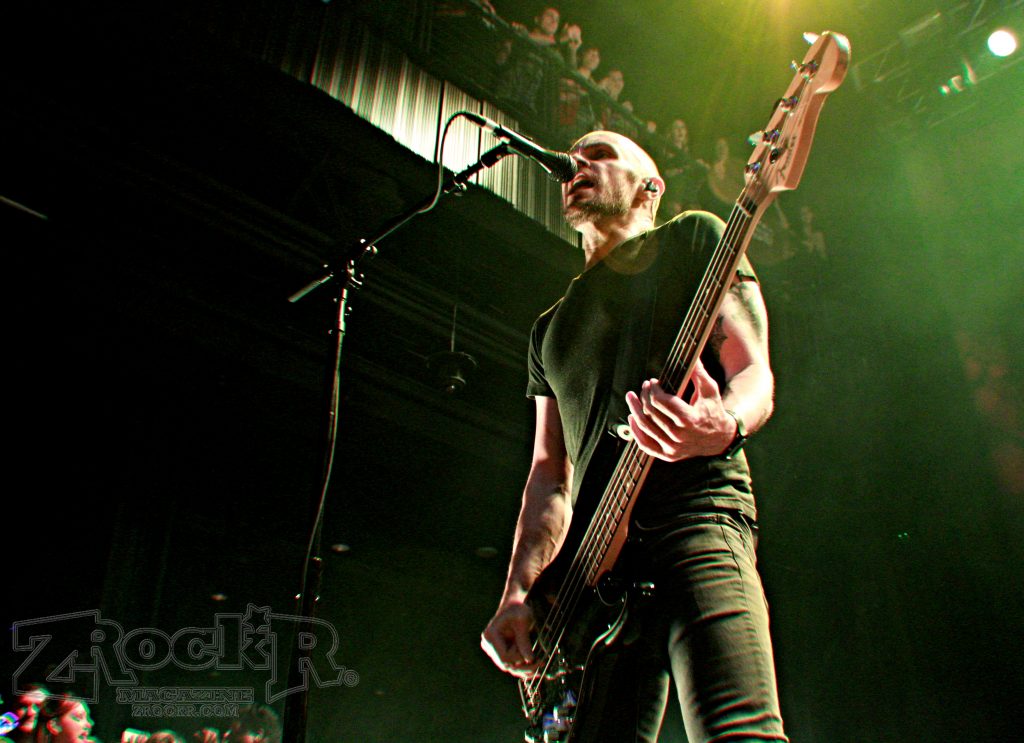

While small improvements to the building were made over time, the constant threat of being shut down by the city disincentivized Lapinski from giving it a proper facelift. The city wanted to expand Haas Park, located just west of the venue, to create more greenspace.

Starting in the early 90s, the city pushed to seize several buildings on the 2600 block of Fullerton Ave., including the Fireside, using eminent domain. “We’d go up to someone and say, ‘Hey, you’re way too drunk for this,’ or ‘you’re way too violent for this,’ ” Fireside regular Christopher Gutierrez explained.Ĭourtesy of Christopher GutierrezBut the Fireside’s troubles went beyond complaints from neighbors and visits from police. They “self-policed”: people in the scene kept an eye out for potentially dangerous behavior. People kept each other safe at the Fireside in other ways. But I didn’t want somebody to get destroyed at the club because they’re an idiot.” I’m gonna give you your money back, but you need to leave.’ Obviously, I wasn’t happy that they’re there. A lot of people are angry that you’re here. “So I would go to him, like, ‘Hey, listen, this is not a good place for you to be. He’s gonna get jumped,’ ” remembered Ramirez. “Someone would come up to me and say, ‘There’s a guy wearing Nazi pins. Occasionally, skinheads would show up at the Fireside, and they’d have to choose between getting out and getting beaten up. Ramirez, a regular at Fireside shows, said things weren’t always peaceful at the venue. I met other girls and exchanged zines with them, and found this community that I became a part of when I moved into the city,’ said photographer Rebar A. ‘When I look at the backs of people’s heads that I see in these photos, those are people that became my friends. “There were little ripples that happened afterwards, and people who were a little homophobic didn’t like it.” But overall, “the response was really positive.” It was nerve wracking, but I did it,” he said. He finally decided to try it at the Fireside. Sorrondeguy had been on tour with his band Los Crudos and tested the waters by coming out as gay on stage at those shows.

“Black, Hispanic, queer, Asian - it was all identities kind of united just by the ability to hang out somewhere that was all ages, and people were listening to hip-hop to punk to two-tone ska.” “The scene was very diverse, in terms of all the different students and tweens and teens who are converging on the Fireside,” said Alex White, who plays in the band White Mystery and goes by the stage name “Miss Alex White.” Back then, in middle school and high school, White attended shows and performed at the venue. While many North Side music venues tended to draw a majority-white audience, and the Fireside was no exception, shows there were often a reminder that the punk scene strived to be inclusive. Two friends sit outside the Fireside in July 2004. Though on paper the venue operated as a hall that could be rented out (similar to a VFW) to bands, in practice it was a punk music destination at a bowling alley that was quickly gaining national recognition. The Fireside was starting to hit its stride. Peterson and Eaves were booking shows several nights a week. “I could always get the vocals up over the band at the Fireside.”īy the summer of 1994, the Fireside started to become known more as a music venue than a bowling alley.

“For me, the Fireside was easy because it had that sort of a more dead sound…because it has acoustical tile ceiling… wood paneling walls,” he said. Though a bowling alley might not seem like an ideal spot for a decent sounding live music experience, Elliot Dicks – who oversaw sound at the Fireside – said it wasn’t as bad as you might think. RakstadĪs things started to take off, Peterson realized he needed staff - including live sound engineers and people to work the door - to keep shows running. ‘Sound man extraordinaire’ Elliot Dicks was one of several live sound engineers who kept shows running at the Fireside.


 0 kommentar(er)
0 kommentar(er)
